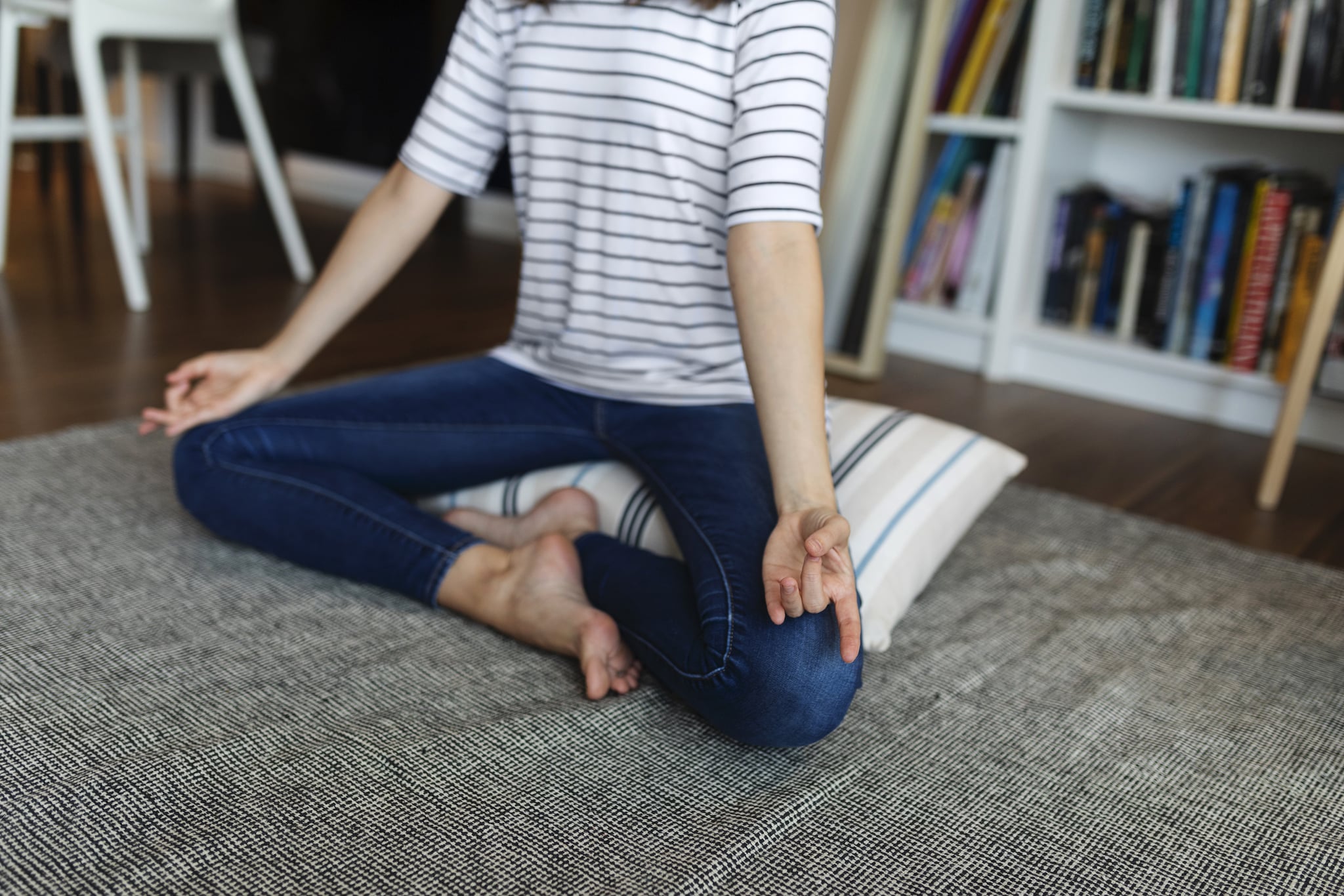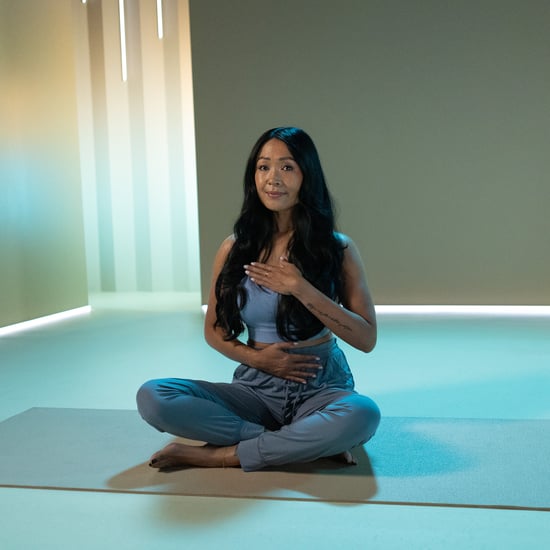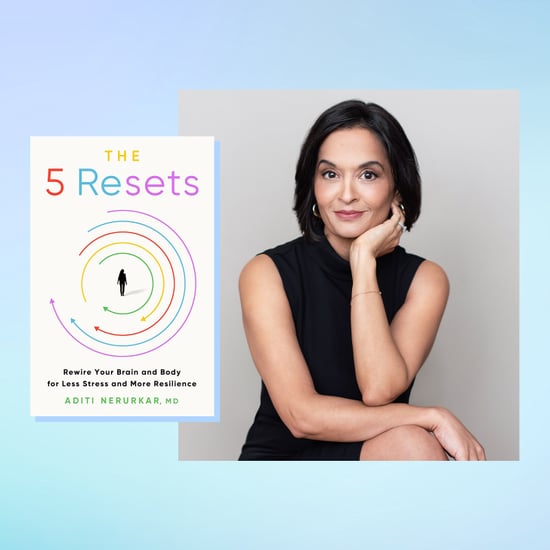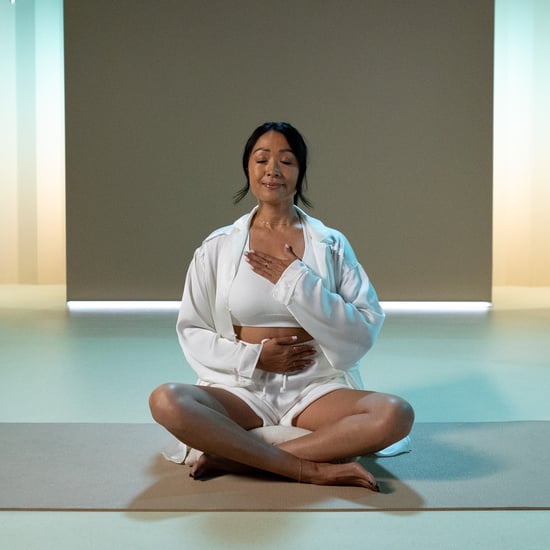The Benefits of Meditating With a Meditation Cushion
Complement Your Meditation Corner With a Cushion — Your Posture Will Thank You

The beautiful thing about meditation is that you don't really need anything to practice — no, not even a subscription to an app. That said, a meditation cushion isn't essential, either, but the accessory does have its benefits, especially if you're carving out a corner in your home for seated meditation.
"A meditation cushion can offer support in finding a balanced posture during formal meditation practice," Jackie Stewart, a meditation instructor with Alo Moves, said. "For posture, it is important that your knees are below your hips, and your hips are tilted slightly forward, which alleviates lower-back tension. To find balance, we sit upright and bring alertness to the body, while remaining relaxed with our muscles and easy with the breath. Essentially, the cushion helps to elevate the hips."
According to Elena Brower, a Glo meditation instructor, this elevation of the hips also promotes a beneficial lengthening of the spine with the head stacked on top. "That alignment ensures the smooth, vibrant flow of your breathing, which is crucial for the mind to be able to slow down and get more quiet," Brower explained.
Meditation cushions and pillows come in a wide variety of shapes, sizes, and fabrics, and are even made with different stuffing material. According to Stewart, what you choose is based on individual comfort, flexibility, and preferences — like how high or low you'd like to be to the ground.
Stewart said that a Zafu cushion, which is round, is typically filled with firm and solid-feeling kapok fibre or buckwheat hulls, which are typically flexible and will form around your body — the latter is Stewart's preference.
"If you prefer to be more elevated, a Gomden [rectangle cushion] might be a better fit. You can still sit cross-legged, but your knees won't touch the ground like they would on a Zafu."
A large, flat, and square pillow called a Zabuton can be placed underneath both a Zafu and a Gomdon, providing your lower legs and feet a place to rest. But, like we mentioned earlier, you don't need to purchase a meditation pillow to engage in seated meditation. If you do want a cushion underneath of you, Brower suggested stacked towels or blankets. After you've established what you'll sit on, concentrate on settling into your practice — Brower's guide comes in handy here.
"Begin with a tall spine, settling into your posture to bring a sense of equanimity and ease to your body and your breathing. Cultivate an unselfish motivation; think of those who are suffering and allow yourself to open — your heart to open, your mind to soften away from the small thoughts, and toward one who needs grace, compassion, kindness," Brower said.
When your mind quiets, focus toward your breathing. "This opens a space in which you can watch thoughts arising, abating, arising, abating. Allow that — allow for those questions to emerge and release. After a time, your attentional field opens and you might spend a handful of breaths, or more, in a state of choice-less awareness. Those few breaths are your healing, your meditation, when your body shifts into a space of mending itself mentally, physically, emotionally," Brower said.
Remember, you also don't need to claim a corner in your home for meditation. You can meditate while on a run, sitting on your bed, while doing the dishes, or standing in line at the grocery store. "Meditation is essentially the practice of familiarizing ourselves with our own mind, and we can bring awareness to our experience any time, however we're sitting, standing, or even laying down," Stewart said.
Click here for more health and wellness stories, tips, and news.







